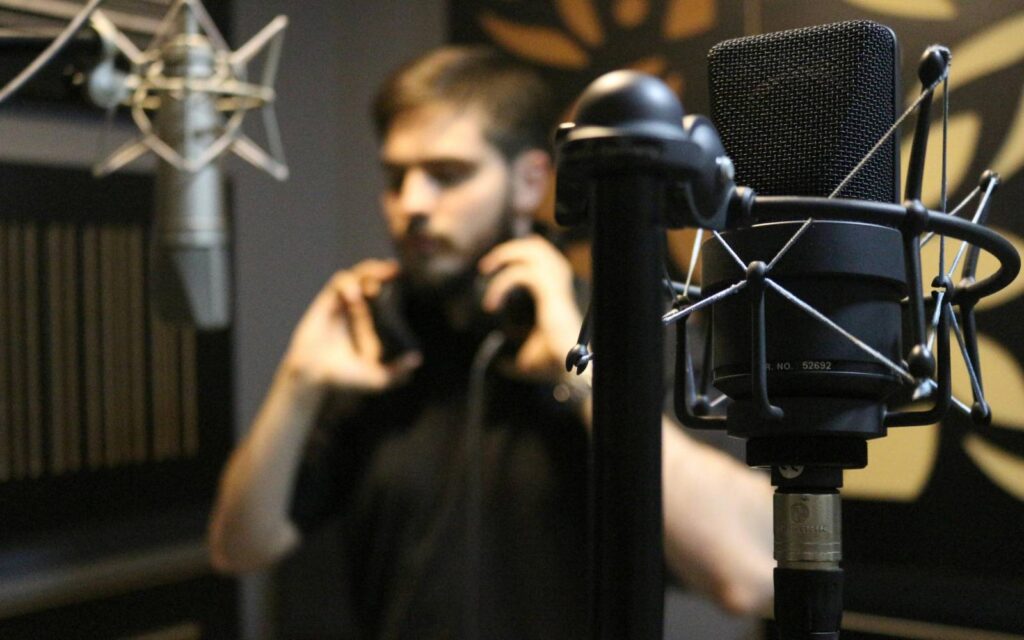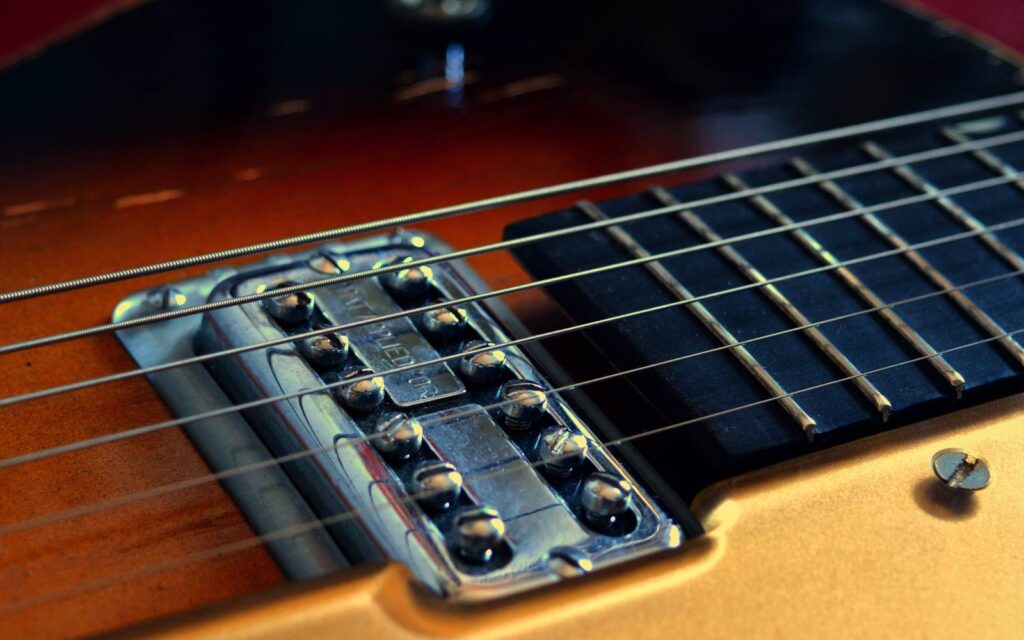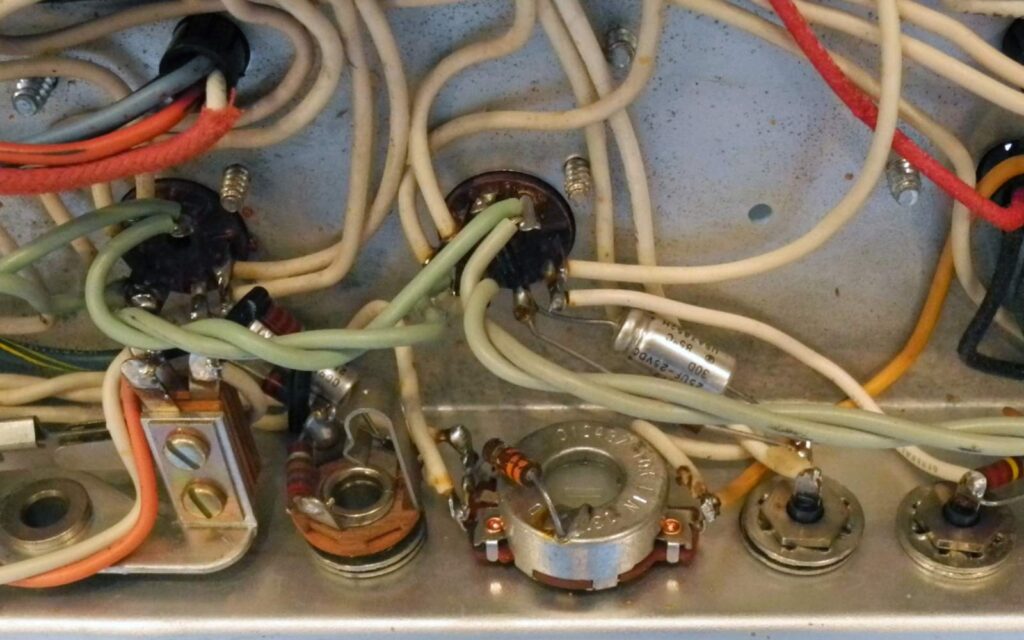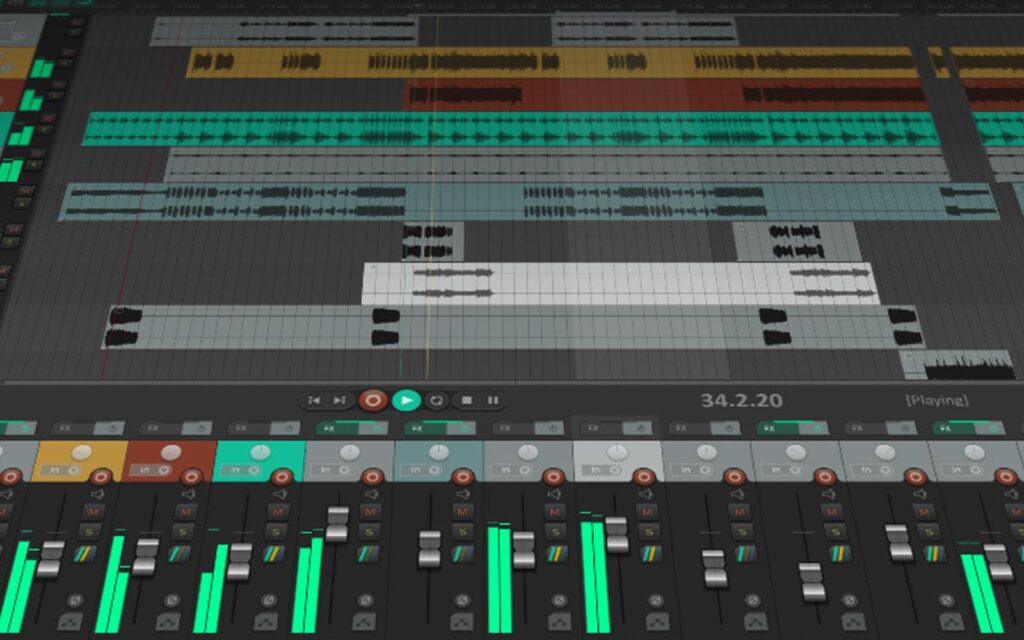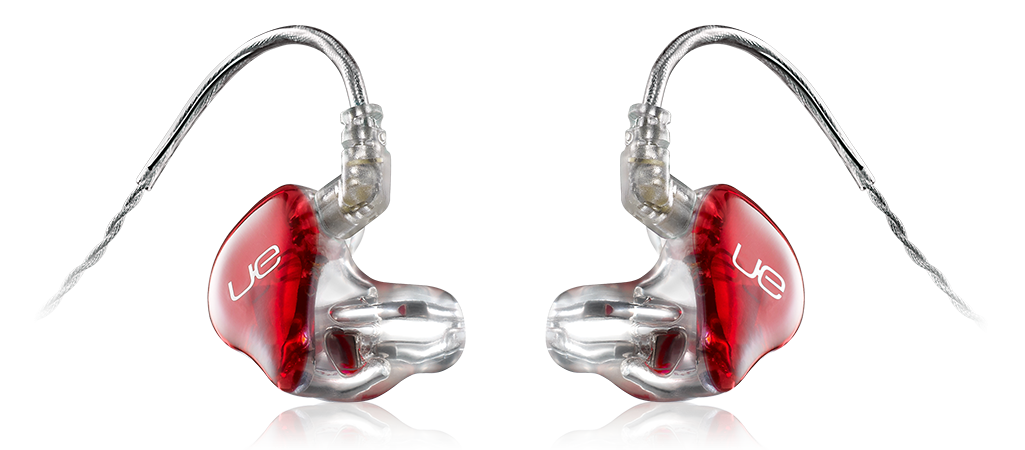The Counterfeit are a band that needs to be seen to be believed. A spectacle on the stage, they're touring their new record now.
The Counterfeit are one of the more unique bands that have graced the pages on Mixdown, for a few reasons. Firstly, they’re a 10-piece band, and even more interesting is that they define themselves as a Spaghetti Western band. Their new album 14 Killer Bullets From The Spaghetti West (Vol.2) is out today.
How did they do it? Let’s find out!
Congrats on the release of 14 Killer Bullets From The Spaghetti West (Vol.2)! For those readers unacquainted, can you define the Spaghetti West genre for us?
Thanks for having us here at Mixdown. I’m Harley Stewart and I’m the Music Director and electric guitarist of 10-piece Spaghetti Western posse The Counterfeit.
In the mid 60’s, there was a craze in Italian cinema that embraced the mythology and history of the American Wild West. Nebraskan gunslingers, Mexican bandidos, Texas rangers and Comanche Indians collide on a new frontier where cold-blooded killers run free and good men die like dogs.
Read all the latest features, columns and more here.
When you think of ‘the sound’ of classic Western movies, the chances are you probably think of tracks like “The Good, The Bad & The Ugly”, “A Fistful Of Dollars” or “The Ecstasy Of Gold”. Ironically, these pieces weren’t created by an American but an Italian named Ennio Morricone. The universally acclaimed maestro and a group of his compadres pioneered some of the most dangerous soundtracks of all time however, somewhere at the end of the 1970’s, this distinctive and iconic sound was lost and forgotten somewhere out on the plains.
Tremolo baked Fenders, mariachi trumpet, chromatic harmonicas and tubular bells showcase alongside lonesome whistling, romantic string sections and the unmistakeable pluck of the Fender bass VI. This unique combination of instruments gave the Wild West its iconic sound and absolutely changed the game in cinematic composition. It also changed the course of our lives as we now live and breathe all things Wild West. I even have a Mexican fiancé who I’m marrying south of the border in the town of Tequila next year!
How did you start rearranging these songs?
After we trawl through the most desolate corners of Spotify, dig through record crates and ultimately land a track list that kicks like a bronco, I transcribe the themes on my old surf-green Jazzmaster and chart them out using Sibelius.

My twin brother Delaney and I then talk it out adapting and reimagining the tracks with the instrumentation of our 10 piece line up. Sometimes we combine multiple versions of a song, sometimes we change the groove or perhaps create new sections or lines? Sometimes the original is so perfect that we just wanna play a counterfeited carbon copy for the pure joy of just playing it! Whatever works, you know?
Once the charts are written and the ideas are concise, we literally play the arrangements for the first time as a band in the recording session. Two or three takes later, we get ‘the take’ and move on! The band is made up of young guns and heavyweights and when you get them all playing this badass music together, it really becomes the most dangerous band in town.
How complete are the arrangements once you start recording them?
Most tracks are pretty well thought out however, given the fact that we are hearing the arrangements for the first time on the day of the session, sometimes there’s a bit of shuffling and reorganising going on. I keep the transcriptions pretty square and simple, always leaving plenty of room for studio magic. That is always where it is at.
In many ways, it’s kinda like a jazz outfit. “Guitar takes the first chorus, trumpet the second, whistle the third. Violin and harmonica take the sub melodies” and ‘Hey presto’! Molto bené!

How do you record once you get to the studio? Is it the whole band in a room? Individual tracks layered one after another?
We keep it old skool and track the full band live to tape with no computer. Our recording HQ is in Melbourne at Fight Night Records but given the size of the band, we also hire the neighbouring studio from our old compadres The Aviary and spread everyone out across the top floor aiming for minimal mic spill. At the heart of the control room is an MCI 428b console and an MCI JH16 tape machine… both from 1978.
We then dump the tapes across to Pro Tools and start prepping for mixing. The record isn’t entirely live though with percussion, piano and the Fight Night man choir, overdubbed in post. Our vocalist and Ballarat’s most wanted woman – Freya Josephine Hollick – also swung by the studio to overdub her soaring renditions of “Arizona Colt”, “Django” and “Ringo Come To Fight”… to name a few.
Can we get a quick breakdown of some of the unique instruments on this album?
Fender Custom Shop Bass VI Journeyman through a Fender Super Bassman rig, Fender Jazzmaster through a 1963 VOXAC30 and a Fender DeVille, Hammond organ through a vintage Leslie speaker, Farfisa cabinet organ, 1923 Ronisch upright piano, Chromatic and bass harmonica through Fender Princeton, 1979 Fender f-85 acoustic guitar, Gibson J45 acoustic guitar, Maton 12 string acoustic guitar, authentic Spanish nylon acoustic, Epiphone 5 string banjo (2 strings busted), vintage trumpet and violin, 1960s Ludwig drum set with a 1920’s Leedy snare.

Do you generally try to get the sound right in the room or do you like to layer and add effects to make it sound more western?
We are all seasoned studio rats and love pulling sounds during the session. If there’s any hesitation, we just ask what Clint Eastwood would do? Tremolo and vibrato are religiously baked into the electric guitars as are reverbs across the entire band. Between us we have a killer selection of spring reverb units, as well as classic Roland space echoes (RE201/RE301), Vemona spring, Hawk spring, Electro Harmonix cathedral and Holy Grail for plate verbs, and let’s not forget that legendary Fender amp spring! On some of the tracks we also use the Vermona spring as a global send for the entire band which sounds similar in lushness to the AKG BX20. In post during the mixdown phase, I’ll often use the PSP Springbox, Arturia Rev Spring and Valhalla Plate for individual application and the UAD Hitsville reverb chamber as a global send. Dynamite!
Thanks for your time! As a closer can you share any stories about the making of the album?
For one of the sessions, our acoustic guitarist cancelled last minute so I called in a hired gun by the name of Richard Tedesco who I met a week earlier in a session. Him and his brother Johnny are the flamenco kings ofAustralia and as it turns out, Spanish guitar and spaghetti western music are a match made in heaven! It seems so obvious however, when you’re in the depths of a project, sometimes you can’t tell the forest from the trees. Andale! On a final note, our harmonica player Chris Maunders also makes killer limoncello moonshine in his backyard which he managed to smuggle past the Coburg Pinkerton’s and share with the posse post session. A citrusy delight after a hard days tracking comes highly recommended!
Keep up with The Counterfeit here. Tickets for upcoming shows in November are available here.


